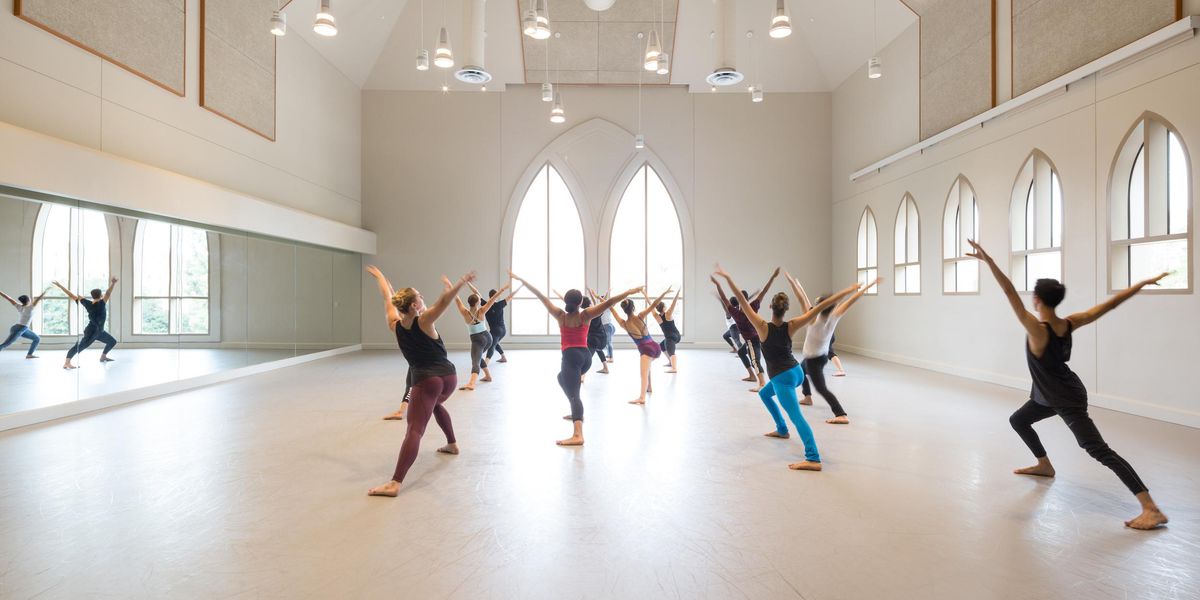Getting on Pointe
Matthew Poppe’s discovery of dance was ordinary: He shuffled and shimmied his way through jazz and tap classes before falling for ballet at 11 years old, gained admission to the School of American Ballet, and after three years of training there, returned to his home state to perform with Ballet Arizona. He danced with the company for just one season before joining Boston Ballet II, ultimately joining the Boston Ballet corps two years later. But now, dancing on pointe for New York’s Les Ballets Trockadero de Monte Carlo, his career has become anything but conventional.
Poppe’s time with Boston Ballet gave him a taste of what it was like working for a traditional ballet company, while allowing him the freedom to explore an alternative artistic outlet. “There was a great group of people there that I really connected with,” remembers Poppe. At the time, James Whiteside—now a principal with American Ballet Theatre—was a principal at Boston Ballet. Poppe, Whiteside and Whiteside’s long-term boyfriend, Dan Donigan, began performing drag together. “We have a group called the Dairy Queens because James’ partner’s drag name is Milk, and since I see him as my drag mentor, I named myself Skim,” Poppe says. Whiteside’s drag name is Ühu (pronounced yoo-hoo).
It was about that same time that Poppe began to develop feelings of doubt about dance. After just one season in the Boston Ballet corps, he found himself questioning whether ballet was really the right choice for him. The following year, he left the company and began his undergraduate degree at Fordham University in New York City. “I stopped dancing because I didn’t know what I wanted to do with it. I think that you have to find what you enjoy about ballet, and I kind of lost that.”
A year after leaving Boston, Poppe decided on a whim to audition for Ballets Trockadero, an all-male ballet company famous for its gender-bending ballerinas and comical productions. It was upon joining the company that Poppe developed a renewed interest in dance. “What I love about ballet is being pushed; having something to overcome and then overcoming it,” says Poppe, who embraced the many challenges that came with becoming a Trock, including dancing on pointe. “When I started to use pointe shoes, I better understood the alignment in my body. I had to stretch more because I realized that the more flexible I was, the more aligned my body would become. The pointework meant more to me than the usual male ballet technique.”
Aside from feeling more physically challenged, Poppe also finds that he is more mentally stimulated than he would have been at a traditional company. Creating his ballerina persona—tutu, wig and makeup included—has a steep learning curve, and Poppe still struggles with perfecting the comedic timing essential to Trockadero performances.
Of his new dance family—composed of 16 male dancers—Poppe says, “It’s not at all competitive. We’re the ballerinas without the drama.” He seems to have found the perfect fit. “It’s hard to say whether I would have been happy if I’d stayed in a traditional ballet company,” he says. Among the perks of being a Trock is its jam-packed world-touring schedule, but what he finds most fulfilling “is getting to do what I love, which is dance and drag. I really lucked out.”




